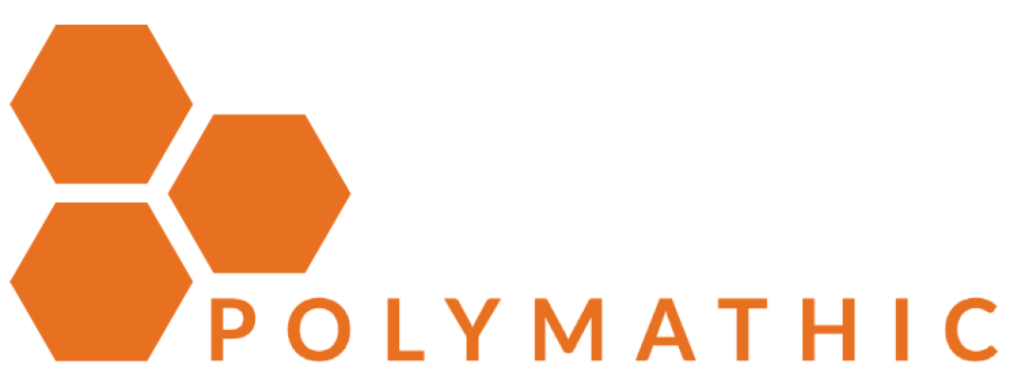Streamlining Work: How Reducing "Work About Work" Can Boost Productivity and Employee Well-being

"By trying to become more connected, we’ve created a host of other problems that add up to a bunch of unnecessary and tedious work in order to keep track of what’s going on."
Rethinking Productivity in the Modern Workplace
In today's rapidly evolving business landscape, the proliferation of communication tools and collaborative channels has paradoxically led to a decline in productivity. According to Asana's Anatomy of Work Index, knowledge workers spend an astonishing 60% of their time on "work about work," essentially administrative tasks that detract from meaningful, skilled labor.
Understanding "Work About Work"
"Work about work" encompasses activities like communicating about tasks, searching for information, and managing shifting priorities. Instead of enhancing productivity, these activities often create fragmented workflows and role ambiguities, resulting in delayed projects and stressed employees. The Anatomy of Work Index provides stark statistics: globally, knowledge workers waste 103 hours in unnecessary meetings, 209 hours on duplicative work, and 352 hours discussing tasks.
Impact on Productivity and Employee Well-being
This inefficiency has tangible consequences. With the volume of "work about work," many employees find it challenging to meet deadlines and deliver quality work, contributing to widespread burnout. Asana's study reveals that 88% of knowledge workers have experienced project delays due to these inefficiencies, with many employees feeling disconnected from their organizational goals and suffering from unbalanced workloads.
Solutions for a More Effective Workplace
To combat these challenges, organizations should prioritize alignment around clear objectives and leverage technology that consolidates communication and task management tools. The article highlights ClassPass as a case study where streamlining tools and aligning tasks with company goals led to remarkable improvements in productivity and efficiency.
Empowerment Through Clarity and Technology
By fostering a work environment where employees understand how their roles contribute to broader objectives and by using integrated work management platforms, companies can significantly reduce "work about work." This strategic approach not only enhances productivity but also empowers employees to focus on the tasks that truly matter, driving meaningful results and fostering a more fulfilling work environment.
